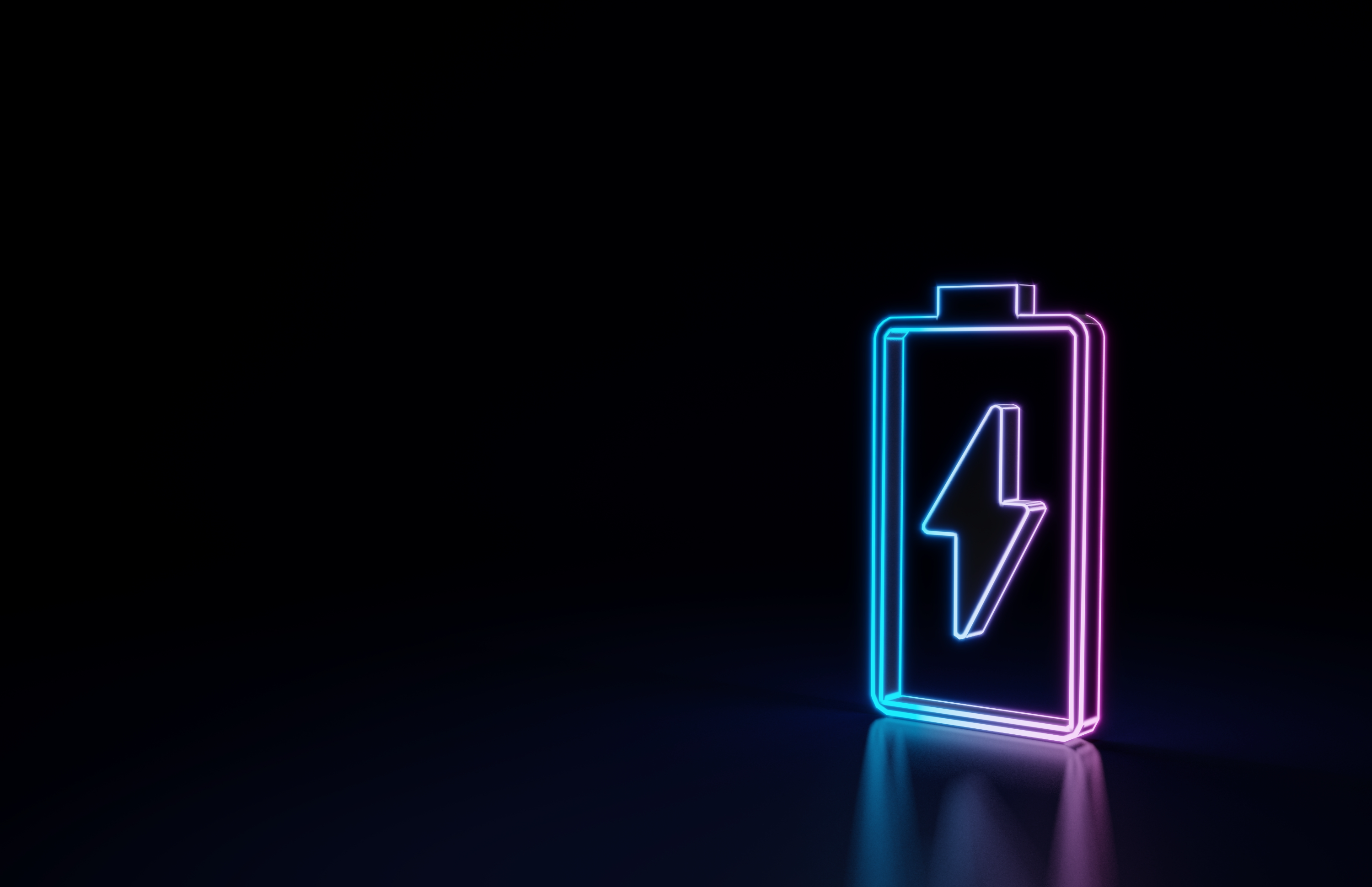A note from Seoul
News Analysis

30
Apr
2024
A note from Seoul
Project Blue spent the last week in and around Seoul, South Korea, attending a battery conference and meeting with the major lithium ion battery companies.
Project Blue spent the last week in and around Seoul, South Korea, attending a battery conference and meeting with the major lithium-ion battery companies. There were three key topics that consistently came up in conversation regardless of where along the supply chain the discussion was focused and are worth repeating to highlight their global importance to the wider supply chain.
1. Inflation Reduction Act (IRA) and geopolitics. The impact of trying to achieve IRA compliance is being felt throughout the supply chain. South Korean involvement, particularly at the cathode and cell level, is grappling with the importance of the potential IRA credits alongside the possibility of moving targets due to a changing political regime. This highlighted just how many unknowns there are and how much additional work must go into different scenario planning depending on the outcome of the November US election. Supply chain participants must plan for both scenarios and the relatively unknown knock-on effects the result may have and are grappling with the inevitable impact of the election, regardless of the result. Different parts of the lithium-ion battery supply chain are more sensitive to having to find potential supply without the involvement of China. The graphite market will be restrained as China has 80% market share for natural graphite and 76% market share for synthetic graphite supply in 2024 according to Project Blue’s Graphite Market Service. Nickel is highly dependent on Indonesia, whose market share is set to increase to 62% by 2030 from 56% in 2023 for mined supply according to Project Blue’s Nickel Market Service. As an area of the supply chain that currently has more questions than answers, some commentators suggest that it may be acceptable for IRA compliance and others believe it will not meet the US’s requirements and therefore likely to go to Chinese consumers, leaving companies aiming for the IRA credits to compete for material from elsewhere.
2. Demand. Depending on what timeframe and what part of the supply chain you look at it is easy for the mood to swing from optimistic to depressing. 2024 started with what appeared to be lacklustre sales, but these global figures were largely driven by the Chinese Spring Festival, which fell later in the year than usual and suppressed sales for the first two months beyond what is typically seen. However, according to Project Blue’s EV & Battery Monthly, short-term EV sales are forecast to recover in the short term, with a view that 2024 will nevertheless end strongly, albeit at levels lower than anticipated pre-2023. Whilst this short-term EV demand is perhaps not looking as strong as many previously hoped for, forecasted EV (EV/PHEV) sales are still expected to make up nearly 40% of passenger & light-duty vehicle sales by 2030. In the long term, demand still appears to be significant with OEM announcements and policy in place to encourage EV penetration rates throughout the coming years. Many of the South Korean companies Project Blue spoke to were not letting the reduced short-term demand growth slow down their activities or plans. There was a lot of discussion about the impact of the current depressed pricing market for most of the key battery raw material markets and what this might mean for long-term supply/demand balances as the current slowdown in EV demand in all major markets and low material costs could lead to supply keeping pace with demand for longer than previously expected.
3. Cathode chemistry differentiation. South Korean battery producers have on large bet on the NCM chemistry, and with the battery market seemingly looking at a larger LFP-based chemistry for the wider battery market there is some confusion as to where this might land in the coming years. However, sentiment is still positive that the demand for high nickel chemistry cathodes is going to continue to increase with the rising battery demand and diversification across that demand creating a larger portion of higher value, higher cost batteries for the high-end OEM market. With sentiment being focused on quality over quantity, it does not mean that NCM has to lose for LFP to win in the battle for market share. However, to fully capitalise on the strong market position that the South Korean battery producers have created, scale is essential to bring down costs, as well as meet the future demand they are expecting in the coming years.
For a more detailed and data-driven analysis of the South Korean battery market or to delve into any area of the lithium-ion battery supply chain, you can find more information on Project Blue’s subscription and data options here. Or contact the team for more information.